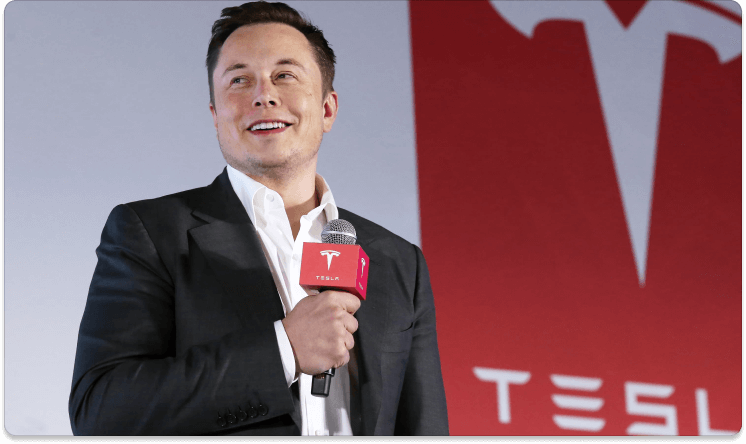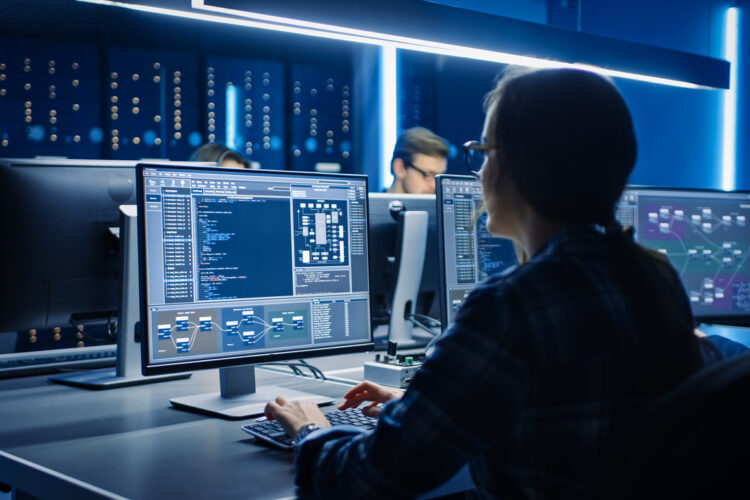Self-driving cars are very popular in the world of technology and transportation, and for a good reason. The potential benefits of these vehicles are plentiful, from increased safety to reduced traffic congestion. However, as with any new technology, there are also potential drawbacks to consider.
In this post, we will explore the pros and cons of self-driving cars, which companies are behind these innovations (we will talk specifically about Tesla), and how far this technology is from being part of our everyday life.
Self-driving cars pros and cons
Technology innovations are mostly proposed to make our life better and easier, and this is also the case for self-driving cars. It is important to evaluate the pros and cons of self-driving cars before fully embracing this technology. Following this, these are some pros and cons to keep in mind about self-driving cars:
Pros of self-driving cars
These are some of the potential benefits that self-driving cars could bring to society:
- Increase safety. These vehicles are equipped with advanced sensors and technology that can help prevent accidents caused by human error.
- Reduce traffic congestion due to the capability to communicate with one another to recognize traffic infrastructure to optimize traffic flow and reduce congestion.
- Increase mobility for people who cannot drive, by providing increased mobility for people with disabilities, the elderly, and children.
- Increase productivity. Self-driving cars allow passengers to use their time while traveling on the road for work, entertainment, or leisure.
- Reduce air pollution thanks to their speed and route optimization features to reduce emissions, and they can also be electric cars.
Cons of self-driving cars
There are also some cons to consider:
- Lead to job loss for truck and taxi drivers, as well as other jobs related to the transportation industry.
- They are vulnerable to hacking and cyber attacks, which could compromise the safety of passengers and others on the road.
- Self-driving cars collect a large amount of data about passengers and their surroundings, which could be used for surveillance or other purposes.
- Those vehicles are more expensive than traditional cars, which could limit their accessibility to some segments of the population.
- Self-driving cars still have some technical challenges to overcome, such as dealing with difficult weather conditions and navigating through construction sites and other complex environments.
- Legal and regulatory challenges. Self-driving cars raise legal and regulatory questions, such as who is liable in the event of an accident.
- Dependence: People may become too dependent on self-driving cars and lose their driving skills, which may cause problems in case of an emergency or technical issues with the car.

What company makes the brain for self-driving cars?
There are several companies that develop the “brain” or control system for self-driving cars, including Waymo (a subsidiary of Alphabet, the parent company of Google), Tesla, and Cruise Automation (a subsidiary of General Motors). Other companies in the field include Baidu, BMW, Ford, and Uber. Each of these companies has its own proprietary technology for autonomous driving.
Was Tesla the first self-driving car?
Tesla was not the first company to develop self-driving cars, but they were one of the first companies to introduce semi-autonomous features in its cars with”Autopilot.”
This system is considered a level 2 automation, which means it can assist with steering and braking but still requires human input and attention.
Other companies, such as Waymo, have been working on self-driving technology for a longer time and are considered to be at a more advanced stage in the development of fully autonomous cars.
Tesla and other companies’ self-driving progress
The first thing to notice about Tesla’s Full Self-Driving Software (FSD) is that it doesn’t make a car fully self-driving. It is not short of abilities, though. It can recognize stop signs and traffic lights, enter and exit highways, change lanes, and even park.
This neural network emulates the functions of the human brain, using images to analyze its surroundings and make relatively complex driving decisions. But it is misleading to call it autonomous since it requires full driver attention at all times. A recent beta version of FSD, though it has shown some new rather impressive abilities, has also disappointed the public with baffling decisions and mistakes, being incapable of performing some basic driving tasks.

Naturally, Tesla is not the only company making progress in autonomous driving AI. Google, for example, is using the CAPTCHA systems to train its own autonomous driving software. Waymo, a subsidiary of Google’s parent company, Alphabet, is already commercializing self-driving taxis in Arizona. However, Waymo autonomous cars have only been tested within the geographical limits of certain markets, and they also seem to have a long way to go in terms of convincing everybody of their safety.
There is yet a significant barrier to the commercialization and use of self-driving vehicles at a grand scale to become a reality: regulators. Images of self-driving cars hitting parked vehicles or bollards, mistaking signs, or being unable to avoid sizable concrete barriers ahead are causing an intensification of regulatory scrutiny, raising serious questions about how safe it would be to flood the streets with autonomous driving vehicles given the current state of things.
When are self-driving cars coming?
It is clear that the widespread adoption of self-driving cars still has a lot of challenges ahead, both technically and legally. Yet, it is also rather likely that safe self-driving vehicles will be part of our lives sooner rather than later. Probably long before the first human settlers begin their colonization of Mars, we’ll be making long-distance road trips in self-driving cars, dozing, daydreaming, or watching movies in the backseat as a fully developed autonomous driving software takes us safely across one of the thousands of highways that we have already built in our planet.
We just may have to wait a little more than expected…
If you are interested in reading more about the latest trends in technology and AI software development services, keep reading our blog.











